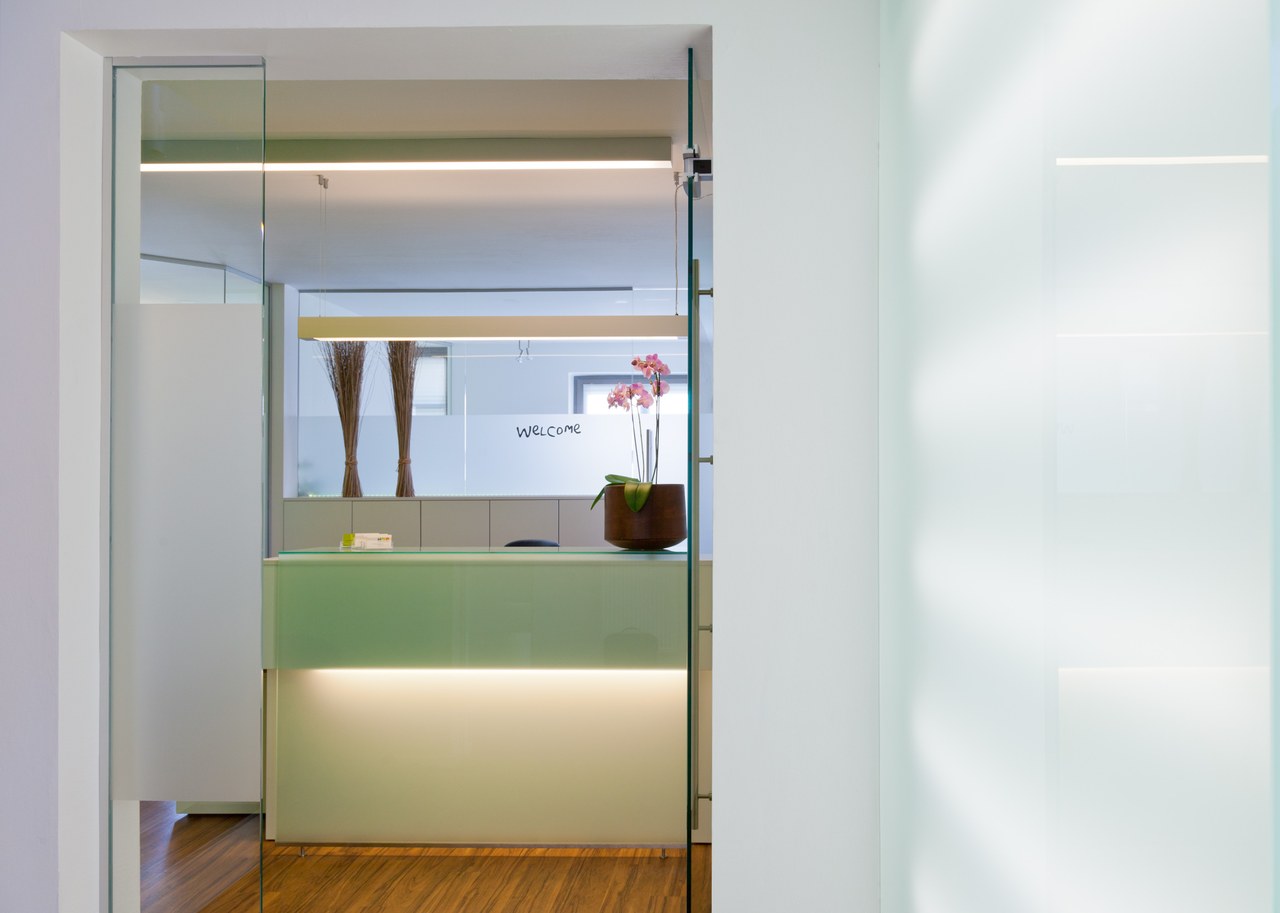Lighting and Bacterial Disinfection in One – Lumitronix Presents LED Module With Dual Function
The Swabian LED technology company Lumitronix has developed a three-row LED module equipped with the NF2W585AR-P8 LED from world market leader Nichia, which was launched in January 2021.
Due to the long-lasting corona pandemic, the attention for effective concepts in the area of surface hygiene has strongly increased. While the effect of UVC (~ 250 - 280 nm) is already established on the market, little is known about the inactivating effect of visible light. Although it has already been proven in several studies that visible light also has an inactivating effect against pathogens.
In this context, the Swabian LED technology company Lumitronix has developed a three-row LED module equipped with the NF2W585AR-P8 LED from world market leader Nichia, which was launched in January 2021. The NF2W585AR-P8 measures 4 x 3.6 mm, uses a special combination of phosphor and chip technology and reaches a wavelength of approximately 405 nm at peak. The spectrum of the LED created by this special mixture is thus able to provide general illumination on the one hand and at the same time ensure the inactivation of bacteria.
How does this specific spectrum work?
Bacteria contain so-called photosensitizers that absorb light with a wavelength of 405 nm and can thereby generate radicals from oxygen. This reactive oxygen species (ROS) can then attack bacterial structures from within and inhibit their reproduction. The official press release from Nichia provides more information on the effectiveness of the LED spectrum.
In contrast to UVC radiation, visible light (380 - 780 nm) is generally considered harmless. However, cleaning with visible light requires comparatively high irradiation doses and a long irradiation time. In practical applications, this can be realised by continuous operation.
"At Lumitronix, disinfection with UVC radiation is a special focus and so various standard modules with UVC LEDs have already been launched on the market in the previous months. We therefore see the inactivation of bacteria with visible light as a useful supporting measure for selected applications in the field of sterilisation methods," Christian Hoffmann, CEO of the Hechingen-based company, notes.
The new 3x11 module is equipped with 33 LEDs in a colour temperature of 4000 K and its layout is compatible with various common 3x11 optics, such as the Florence rod lens from Ledil. The three-row arrangement of the LEDs reduces glare and enables homogeneous illumination. Thanks to the efficient multichip technology, the light output of 1749 lm per module is remarkable. The LED strip is designed in the Zhaga standard and can therefore be installed in existing luminaires with little effort.
Possible areas of application for the new 3x11 LED module are pendant luminaires or linear luminaires that are/will be installed in highly frequented areas in e.g. hospitals, waiting halls, meeting rooms or supermarkets. It is important that the luminaires are placed above the critical areas so that as much light as possible reaches their surfaces. In addition, continuous operation of the light sources is necessary to support successful inactivation of bacteria and germs. However, chemical cleaning must still be carried out.
Lumitronix gladly advises on further questions regarding disinfection with UV light and also offers customised solutions that already comply with the upcoming Ecodesign regulations.
https://www.lumitronix.com/en_gb/
https://b2b.lumitronix.com/en/
___
© 2021 LED professional / Luger Research e.U.

